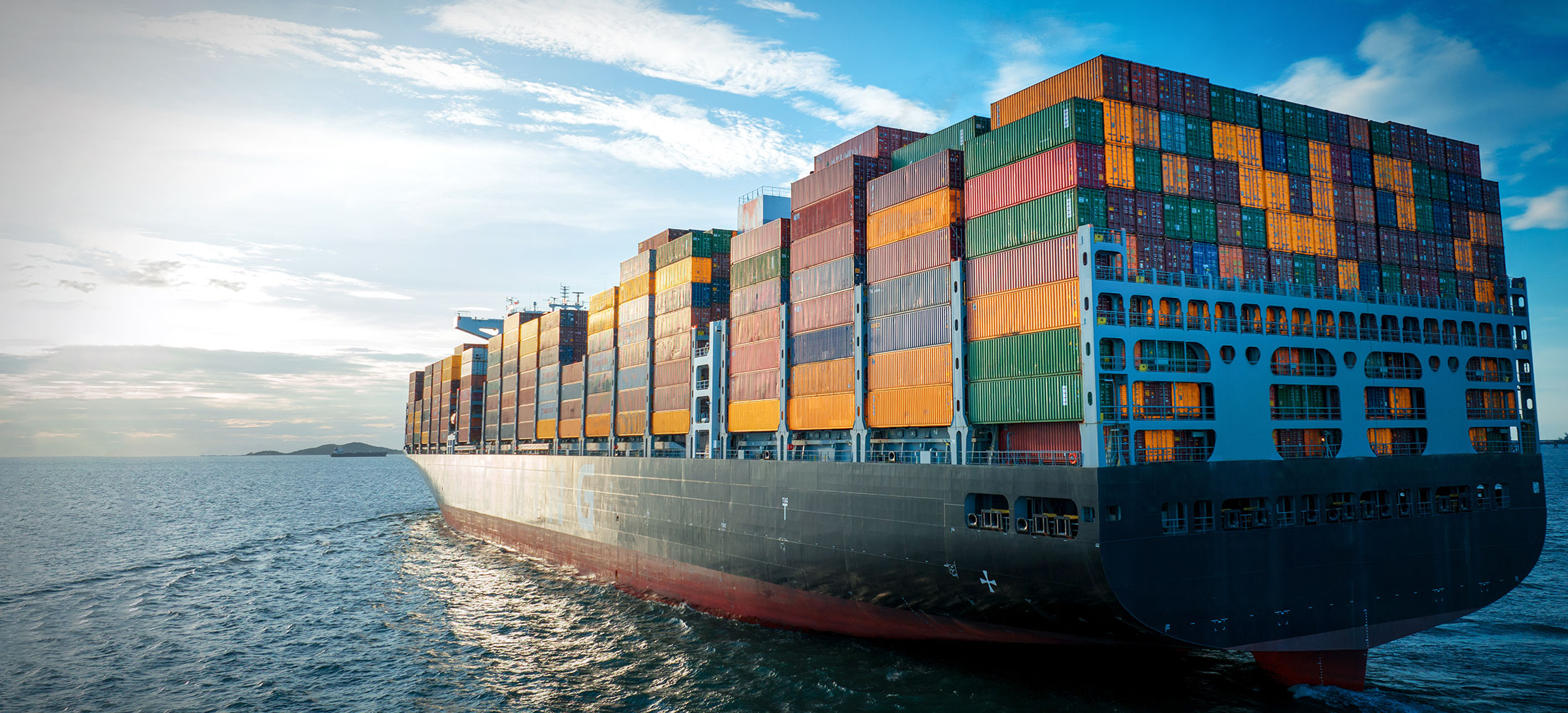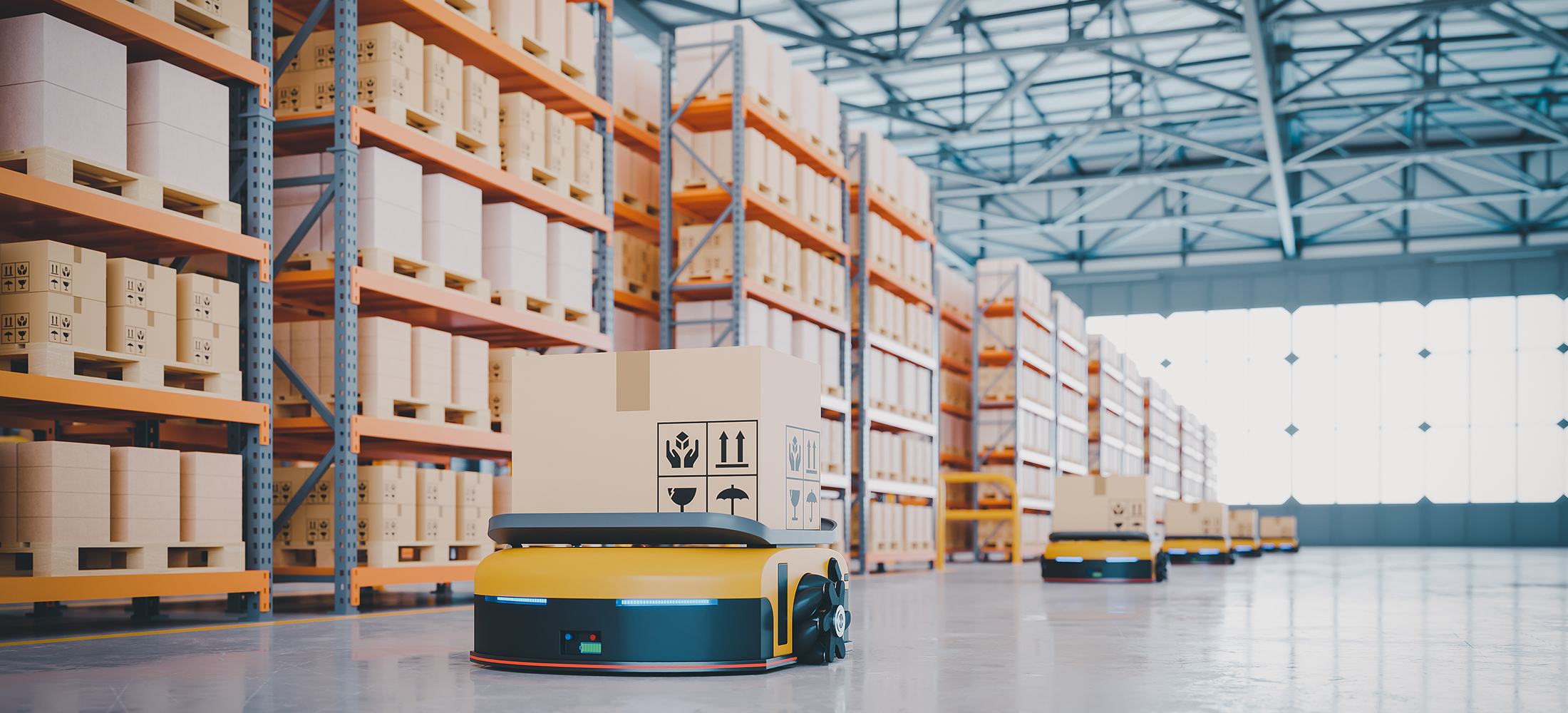Container shipping has revolutionised global trade, transforming the way goods are transported and contributing to the efficiency and scale of modern logistics. Here’s an exploration of the evolution of container shipping, from its inception to its current state and future prospects.
Early Days of Shipping
Before the advent of container shipping, goods were transported as breakbulk cargo. Items were individually loaded, transported, and unloaded, which was labor-intensive, time-consuming, and prone to damage and theft. Loading and unloading ships could take days or even weeks, leading to high costs and inefficiencies.
Birth of Containerisation
In the 1950s, American trucking entrepreneur Malcom McLean envisioned a more efficient method of shipping goods using standardised containers that could be easily transferred between trucks, trains, and ships.
In 1956, McLean converted a tanker ship, the Ideal X, to carry 58 containers from Newark to Houston, marking the first containerised sea voyage.
Standardisation
In the 1960s, the International Organisation for Standardisation (ISO) established standard dimensions for containers (20-foot and 40-foot), facilitating global adoption and interoperability across different modes of transport. Standardisation enabled the seamless transfer of containers between ships, trucks, and trains, vastly improving efficiency and reducing handling costs.
Growth and Global Adoption
Specialised container ships were developed, designed to carry large numbers of containers securely stacked on board. The first fully cellular container ship, the SS Fairland, was launched in 1966. Ports worldwide began investing in infrastructure to handle container ships, including cranes, storage areas, and computerised systems.
Economic Impact
Containerisation significantly reduced shipping costs, making international trade more accessible and affordable. The reduction in shipping costs and increased efficiency facilitated the growth of global trade, leading to the expansion of global supply chains and the rise of manufacturing hubs in Asia.
Technological Advancements
Ships grew in size, with post-Panamax vessels (too large to pass through the original Panama Canal) becoming common. These ships could carry thousands of containers, further reducing per-unit shipping costs.
Ultra-Large Container Vessels (ULCVs): Modern ULCVs can carry over 20,000 TEUs (Twenty-Foot Equivalent Units), showcasing the industry’s capacity growth.
Automation and Digitalisation
Many ports have adopted automated cranes and handling equipment, reducing labor costs and increasing efficiency. Tracking and Monitoring: Advanced tracking systems, IoT devices, and real-time monitoring technologies have improved the visibility and management of containerised cargo.
Environmental Impact
The shipping industry faces pressure to reduce its environmental footprint. Innovations such as LNG-powered ships, wind-assisted propulsion, and improved fuel efficiency measures are being explored to reduce emissions. International regulations, like the IMO 2020 Sulphur Cap, mandate lower sulfur emissions from ships, driving the adoption of cleaner technologies and fuels.
Logistics and Supply Chain Management
The complexity of global supply chains requires sophisticated logistics management to optimise routes, manage inventory, and minimise delays. Blockchain technology is being used to enhance transparency, reduce fraud, and streamline documentation processes in shipping.
Technological Advancements
The development of autonomous ships promises to revolutionise shipping by reducing the need for onboard crew and increasing operational efficiency. AI and machine learning are being applied to optimise routing, predict maintenance needs, and enhance decision-making processes.
Sustainability Efforts
Continued efforts to develop and adopt sustainable practices and technologies will shape the future of container shipping. The industry is exploring ways to support a circular economy by improving the recyclability of containers and reducing waste.
The evolution of container shipping has had a profound impact on global trade, driving economic growth and transforming the logistics industry. From the early days of breakbulk shipping to the advent of containerization and the rise of mega-ships, the industry has continually innovated to meet the demands of a growing global economy. As it faces new challenges and opportunities, container shipping will continue to evolve, leveraging technology and sustainable practices to shape the future of global trade.
If you would like to discuss this further please contact us to arrange a consultation with one of our experts.









